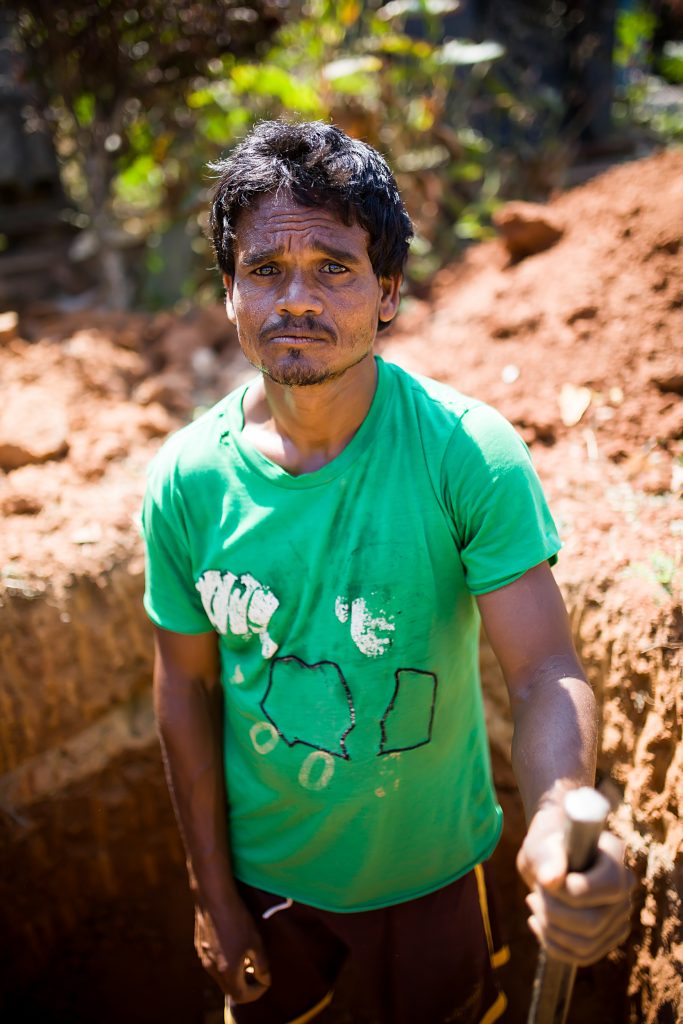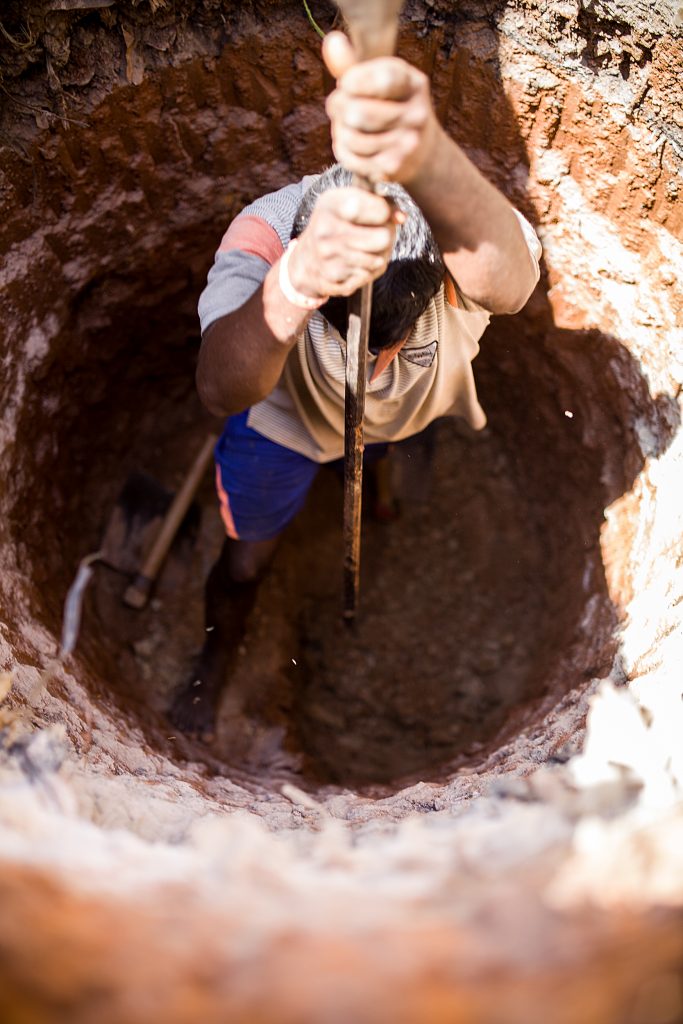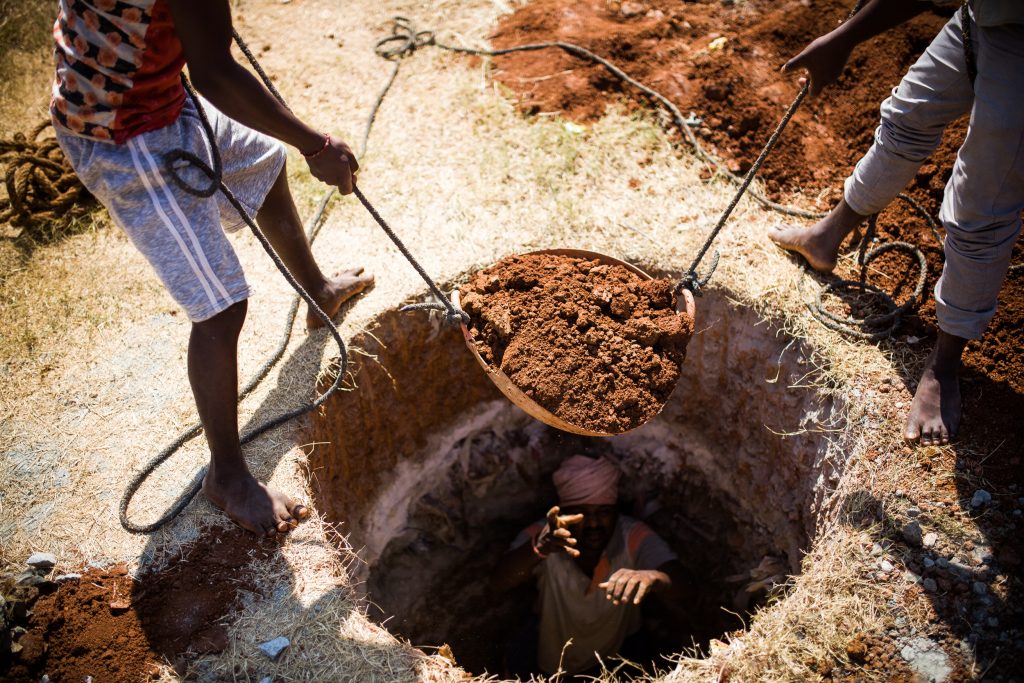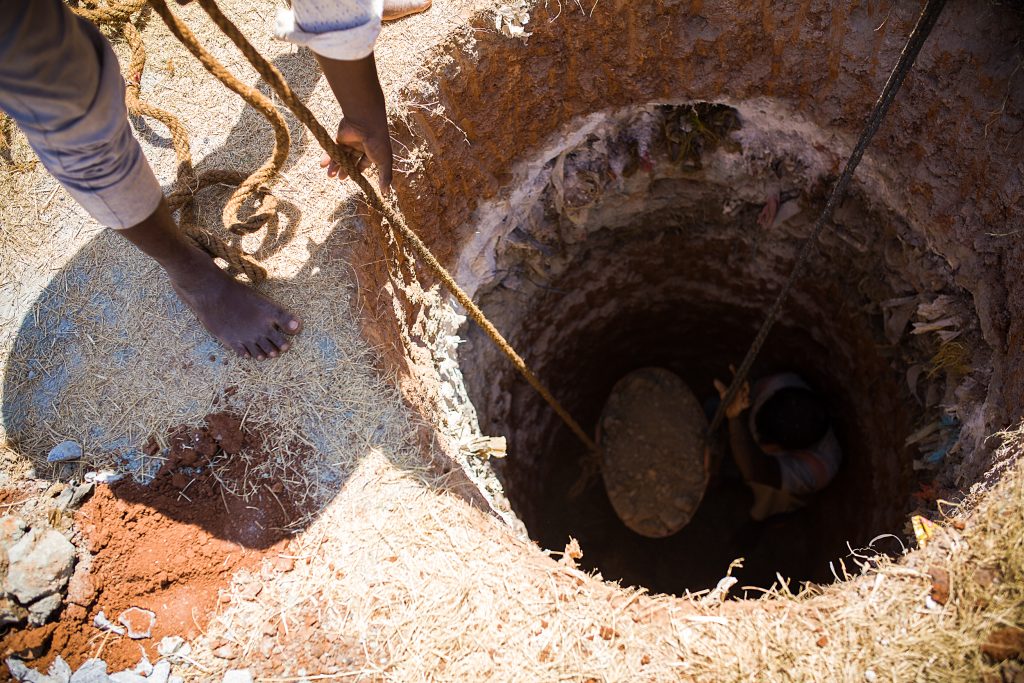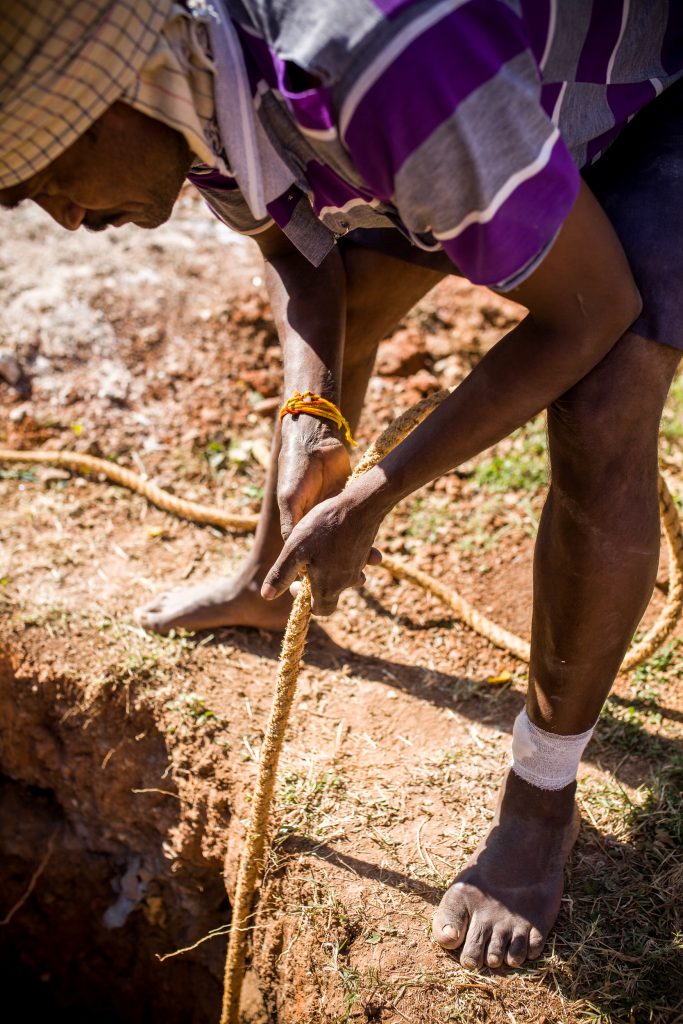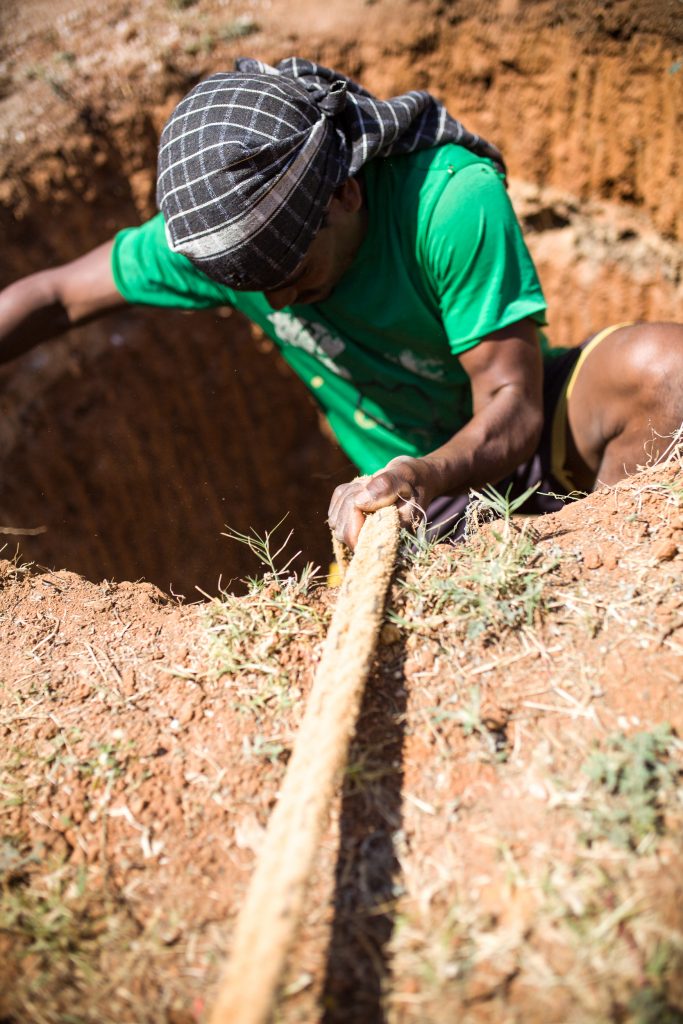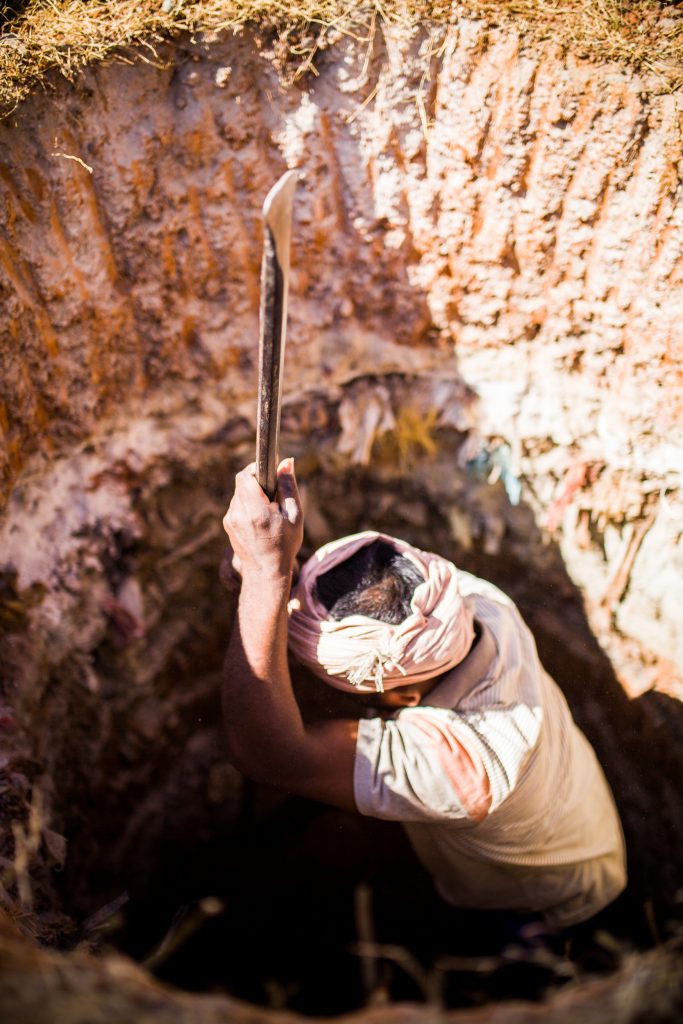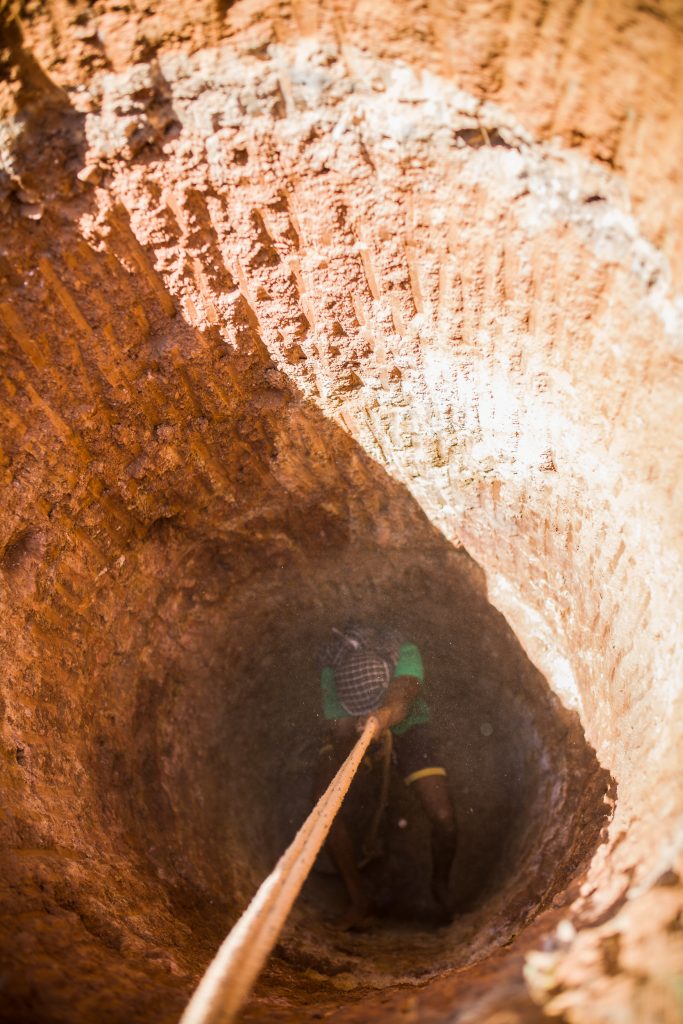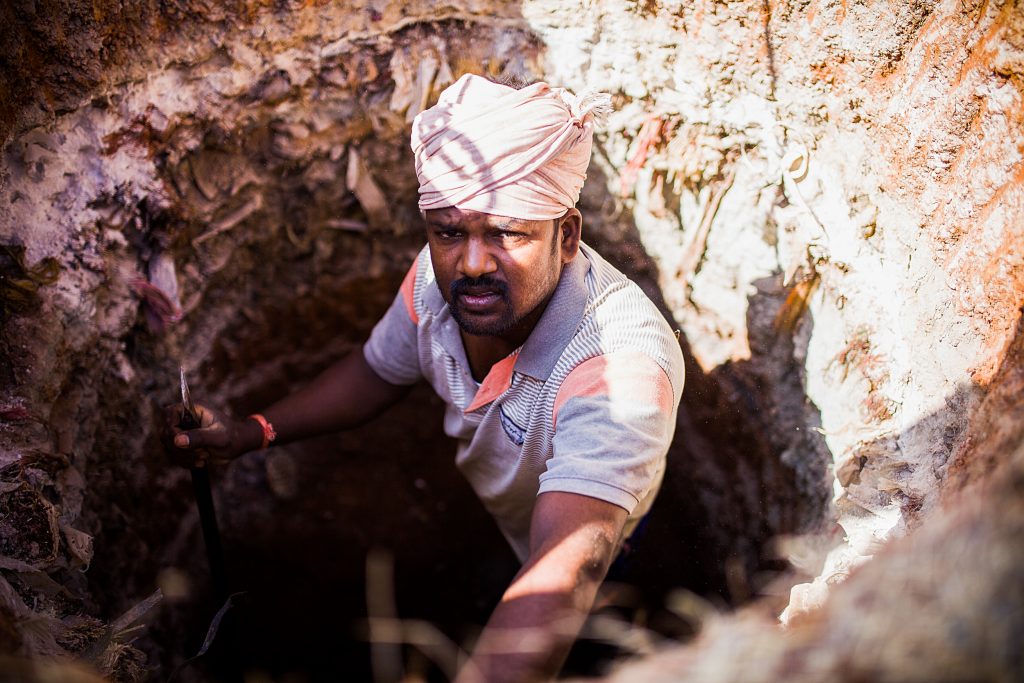
by Dennis Schüpf
Bangalore was once called the city of lakes. In recent years not only has it been called the city of burning lakes due to dumping of toxic waste in the lakes, but also predictions show that severe water crisis will turn the city uninhabitable by 2025. Despite this, the overexploitation of groundwater and its socio-ecological consequences are overlooked by policy makers and users alike. The Mannu Vaddar community, with their traditional well-digging skills, can improve the urban resilience against water scarcity and offer a solution towards the shrinking groundwater levels of the booming city.

This essay presents a glimpse into the water woes of one of Asia’s fastest growing cities, dubbed as India’s Silicon Valley, with a perspective on groundwater. It thereby seeks to highlight the interconnectedness of the urban and rural space by addressing traditional well-digging in the context of sustainable water management. A photographic documentary is added to witness the work of the Mannu Vaddar. Even though Bangalore might seem to be an isolated case, it is only one tiny piece of the whole struggle to cope with an exploitation driven growth agenda, demographically as well as economically, incompatible with finite resources.
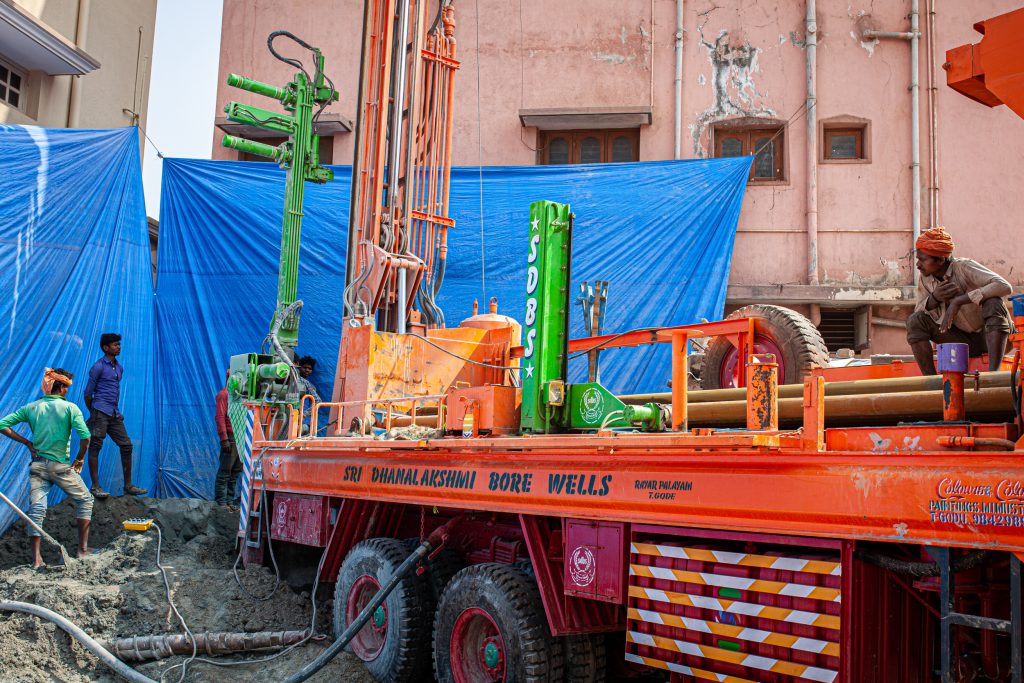
Historically, Bangalore was once considered a city of lakes with 285 lakes until hit by reckless urbanization fueled by the ever-growing IT industry. In comparison to the Bangalore of ten years ago, almost half of the lakes have dried up and been taken over as new spaces for modern settlements. The lakes which were originally made for irrigation helped to recharge groundwater levels. The metropolis does not lack rainfall at all, with about 972mm of average annual precipitation during April and November and around 60 rainy days in a year. The crucial point here is the city’s inability to make the rainwater percolate back into the ground. Unfortunately, an immense amount of rainwater that could recharge the aquifers, instead flows down the buildings and roads of Bangalore, which became a concrete jungle over the years. It is estimated that 93% of the city has been paved.
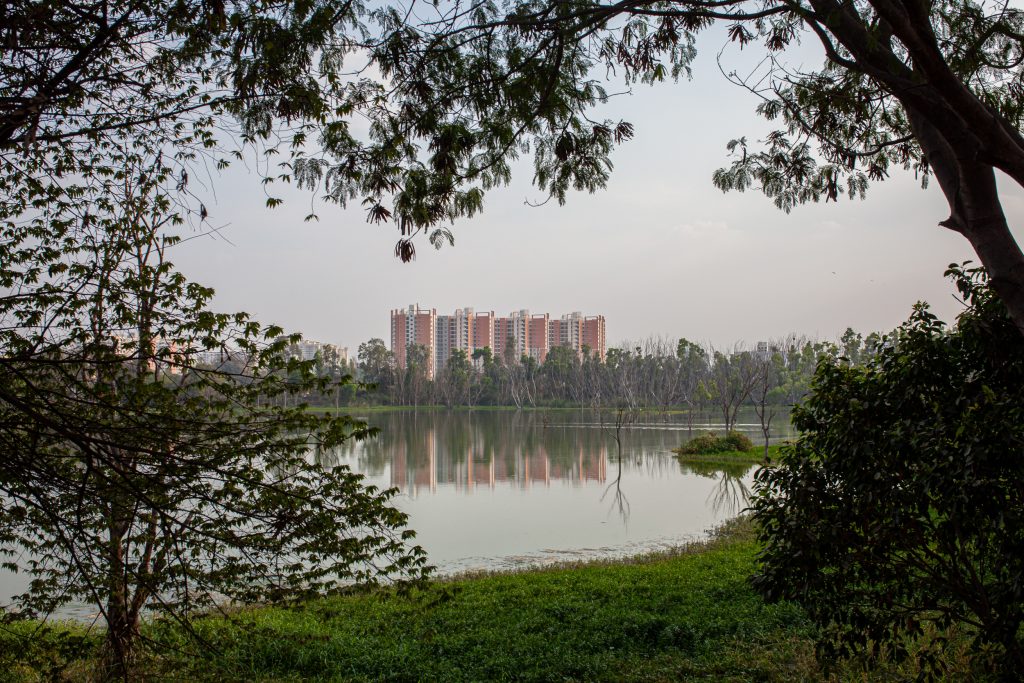
Bangalore’s water lifeline is the Cauvery river located 100km south of the city. The river supplies nearly 1,900 million liters of water on a daily basis for a growing population of around 13 million citizens. Nevertheless, about 3 million people struggle to access the municipal water supply especially during the severe dry months. As construction continues at an alarming pace, there is no assurance of either drinking water provision or other basic amenities in new building complexes. Consequently, the number of private borewells increased especially in the more populous periphery of the city, which is mainly suspended from the municipal water supply system. Groundwater, accessed through the digging of borewells, became the primary source of water for rapidly growing districts in the periphery and some parts completely depend on it already. At least 40% of the current total water demand of Bangalore is met by groundwater resources. But as the demand for groundwater increases borewells must dig deeper, since the water levels shrink to zero. In addition, there is no data to keep track of the number of borewells. It is estimated that the amount of borewells lies above 400 000 with a lot of wells that have already dried out.
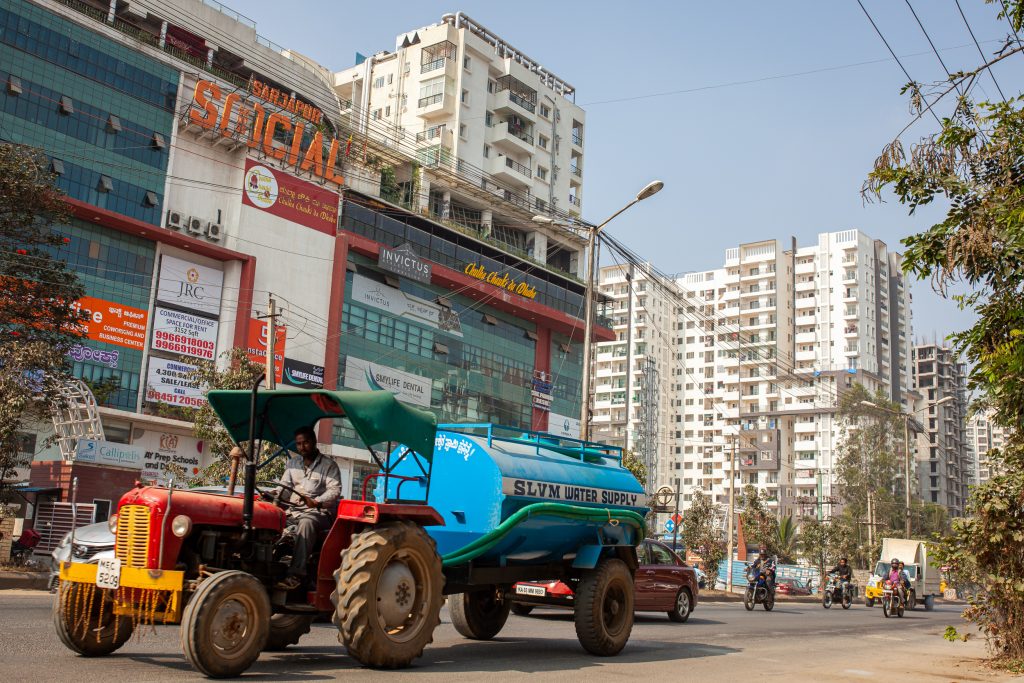
At the moment, Bangalore tackles its water scarcity with (private) tankers that supply water often at a high price and with a questionable water quality. In many areas of Bangalore groundwater is contaminated by industrial pollution, sewage, and high nitrate levels. But millions of citizens heavily rely on the truck delivered water. In conclusion, the mentioned dynamics contribute to a large extent to the depletion of groundwater and easily result in political conflicts with residents competing over access to the dwindling resource.
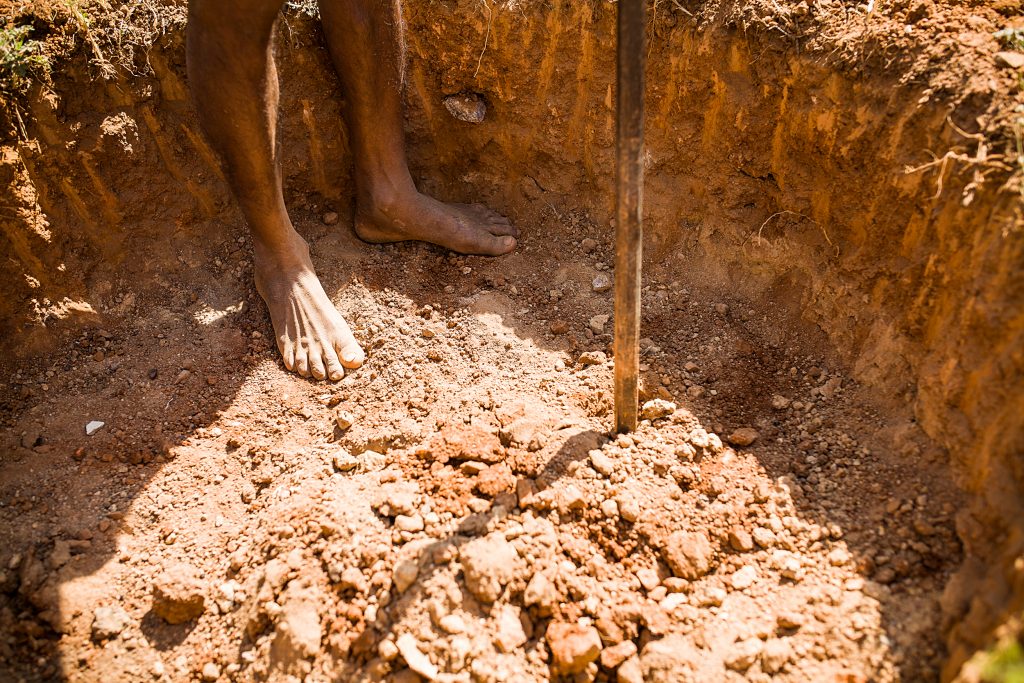
In this context where the (ground)water crisis makes the social consequences exceed the environmental costs; it is time to shift the focus from the urban to the rural landscape. Not even 50km away from Bangalore, quite on the outskirts of the megacity, live the Mannu Vaddar, a community of well-diggers, that traditionally provided people with the access to groundwater. For generations, the Mannu Vaddar are the keepers of the knowledge of how and where to dig wells. The tradition of well-digger communities in India, as well as the cultural well heritage, can be traced back more than 1000 years. Back then the first open wells allowed humans to explore inland away from the dependency on rivers and other water resources. However, in the early 1980s Cauvery water supply along with borewells replaced the culture of open wells in Bangalore, which at that time had been the main source of drinking water.
This shift towards modern water management allowed the city to expand geographically, as well as economically, since more water was pumped. But the dramatic drop of overall water levels in the region in the past years has led to a corresponding decline in the demand for well-digging. In the current situation people are in a rush to dig deeper borewells to extract the last bits of water from the aquifers with mechanic pumps. The human-environmental gap widens and the disconnect between urban spaces and their water flows intensifies.
How could the revival of traditional well-digging contribute to solve Bangalore’s water woes?
The ability of the Mannu Vaddar comes into play exactly where Bangalore’s capacity to store rainwater ends. The low water levels correlate with too much concrete jungle, hence the fact that there is not enough rainwater percolating back into the ground. This is where the well-diggers enter the arena of urban water management. Wells, dug in the right location, can recharge the groundwater levels by connecting them to the shallow aquifers. These aquifers are an underground layer of water-bearing permeable rock through which water can be stored in the ground. Hence, the Mannu Vaddar help to make water move through these different types of rocks and soil, which is crucial to tackle the depletion of groundwater resources.
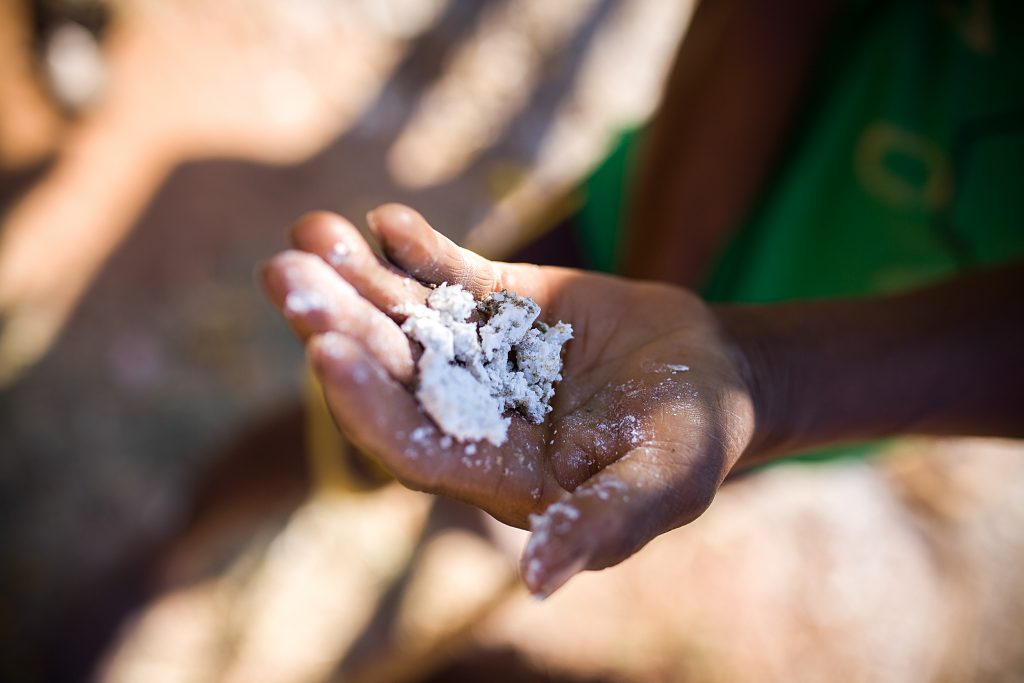
Therefore, the Mannu Vaddar’s skill comprises more than mere physical labor. It includes the crucial knowledge on soil types, rocky layers, and other traits of the region’s aquifers to successfully strike water. ‘We feel and smell it in the soil’, says Venkatesh a 23 years old well-digger, who belongs to the Mannu Vaddar community. Mannu literally means soil. There is no doubt that their craft requires a deep knowledge and sensitivity to work the natural element. It is physical work combined with the human senses that make them reach the natural source of water under the surface. The technique and knowledge are passed on across generations when the young well-diggers work alongside with skilled elders.
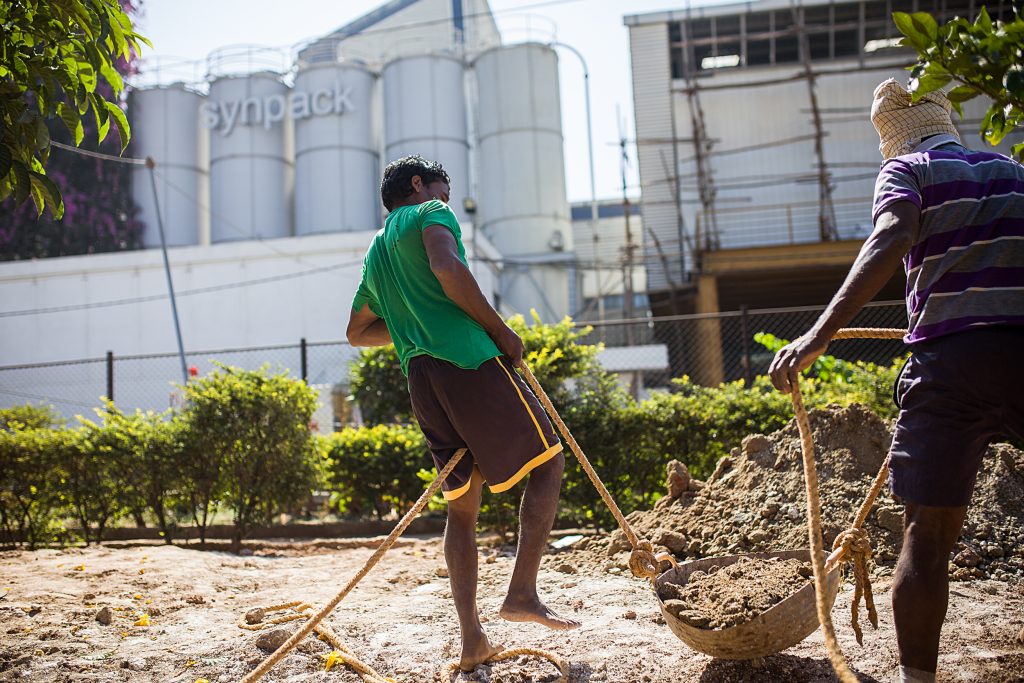
Pedhanna (52), an experienced member of the Mannu Vaddar, has been digging more than 3000 wells in his life. His son, Venkatesh (23), surpassed the sheer number of 1000 by the age of 23. Many young well-diggers do not seek for labor or a career in the metropolis, even though the constant fear for jobs is present. During the week, the Mannu Vaddar migrate from the rural outskirts to the city to look for work by knocking at the doors from house to house. Although the job opportunities today lie within Bangalore many young men still appreciate the natural surroundings of the village and prefer this way of life from the urban hustle.
Their work is done by hand and with simple tools. With nothing but shovels and metal skewers the well is dug deep into the earth by one Mannu Vaddar. When the soil is softened by the skewer, two well-diggers pull it up with a bucket attached to two thick ropes. This process takes place even under hot climatic conditions. The Mannu Vaddar know very well when they are about to strike water. The smell of the soil and its consistency changes and when it lumps, the well-diggers can be sure that they reached for the edge of a shallow aquifer. Just a few centimeters deeper and water will fill up the dug pit. However, the security and the insurance of the well-diggers is poor, regarding the risk climbing up and down inside the wells.
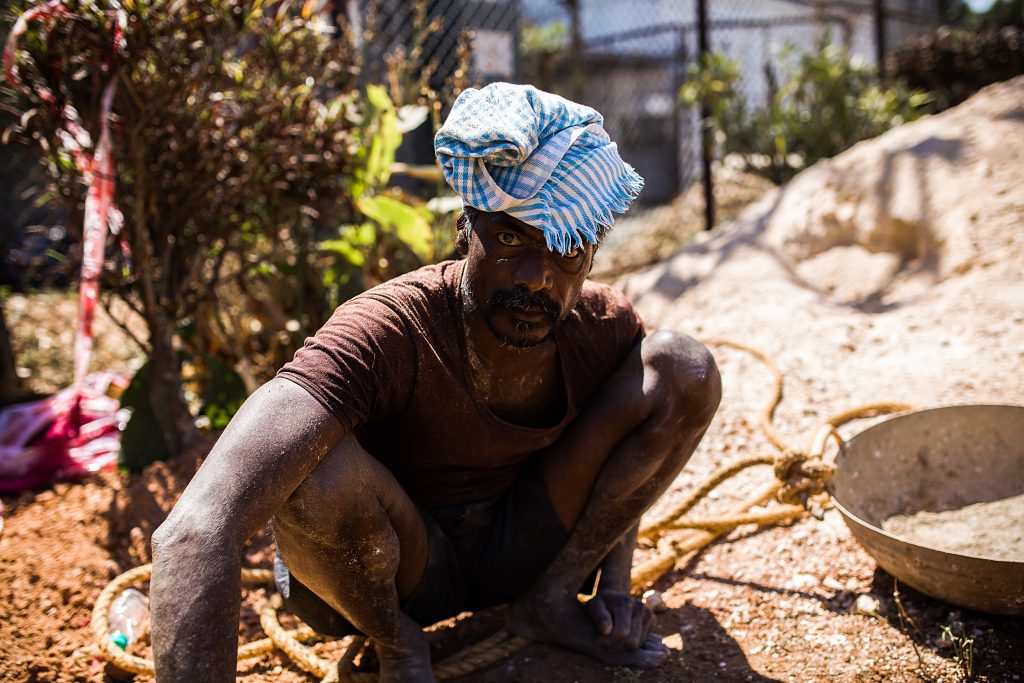
Unlike the extractive borewells, the wells of the Mannu Vaddar are not narrow, but open with the ability to recharge and access the higher aquifers. The aquifers in turn can fill up rapidly under Bangalore’s rich precipitation. The so-called recharge wells, typically 20ft. deep with 3 diameters, collect rainwater and revive the shallow aquifer. Apart from well-digging the Mannu Vaddar community is cleaning and maintaining all types of wells across Bangalore. The input of the well-diggers supports the creation of a river below us in areas with aquifers in the city.
Coming back to the bigger picture the linkage between the overexploitation of groundwater and the recharge of the aquifers is fundamental to cope with Bangalore’s water woes. By law groundwater rights are attached to the land, so that the owners can extract as much water as desired without limitations. Apart from the right institutional response, wells, not borewells, can play a crucial role in the rejuvenation process of groundwater. An interview with a young well-digger makes it clear how the change in demand of work goes hand in hand with the water crisis in Bangalore. As the demand for typical open wells declined over the past years, recharge wells became increasingly important, since its owners want to recharge the borewells that already ran dry.
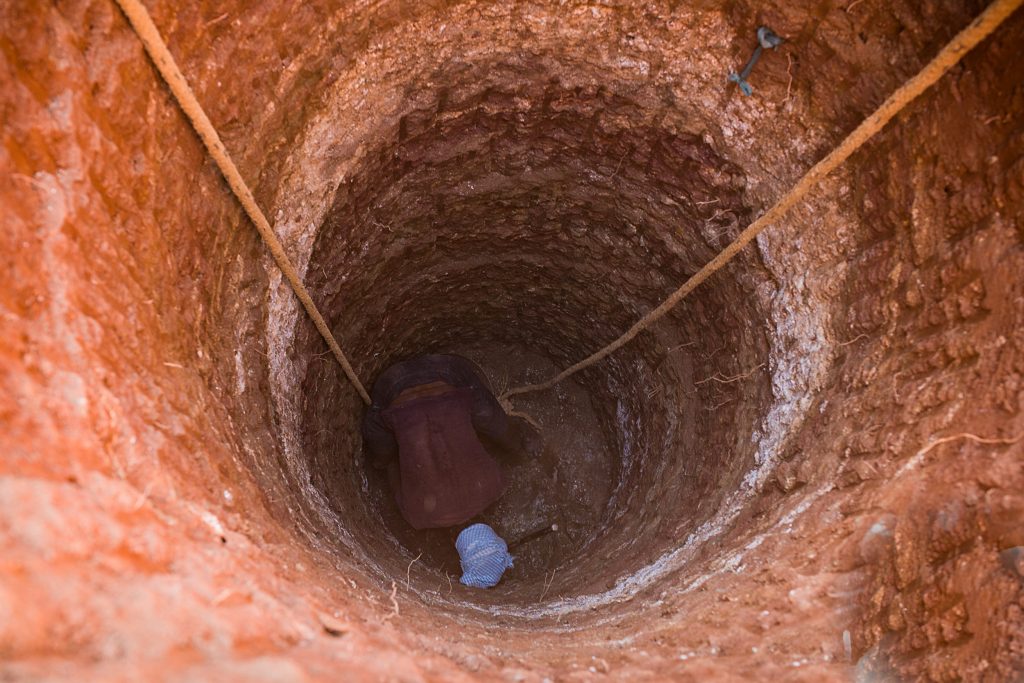
In this context the Mannu Vaddar can play a crucial role towards rainwater harvesting and water self-sufficiency. The city’s capability to make the water percolate to the ground is crucial for a sustainable water management in the long run and the Mannu Vaddar bear the ancient knowledge to move towards this goal.
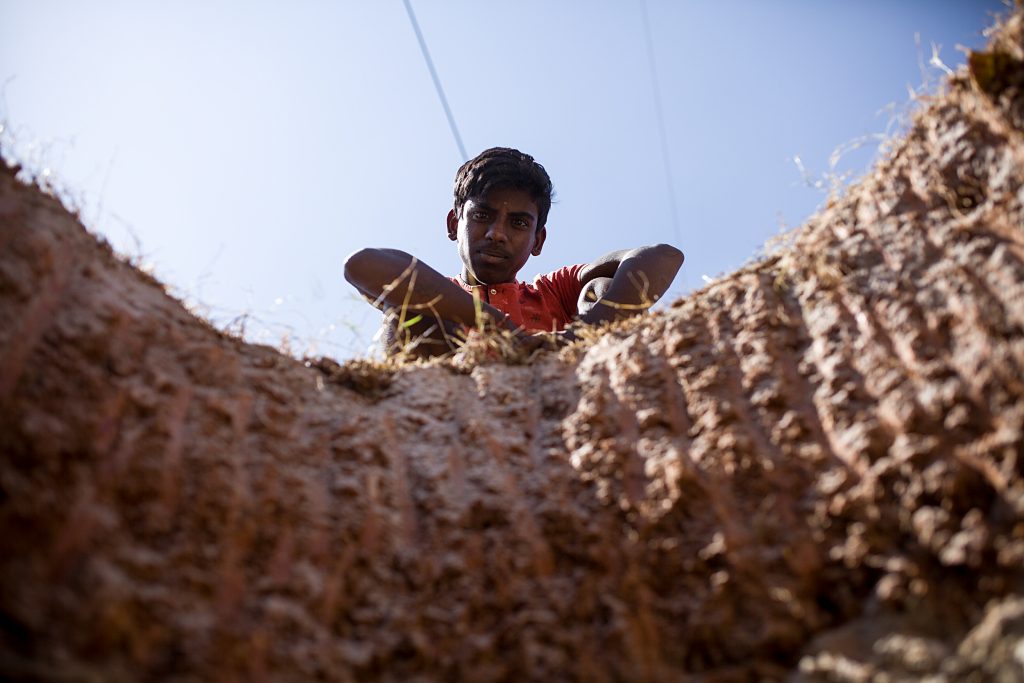
Dennis Schüpf is a Master student in International Development studies with a focus on socio-environmental conflicts related to water resources. Based in Germany, his work as a documentary photographer spans from urban to rural perspectives on environmental and social issues with an emphasis on the stories of people.
